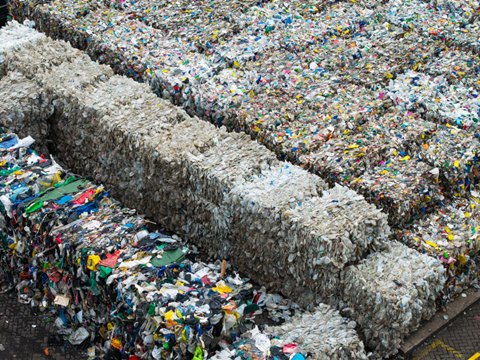
In response to Eurostat’s latest packaging waste data, we have compiled the key takeaways, from a country-by-country rundown on recycling rates to consumption trends for lightweight plastic bags.
Total packaging waste
In total, Eurostat reports that the EU generated 79.7 million tonnes of packaging waste in 2023, translating into an 8.7 kg reduction since 2022.
While it is noted that the total amount of waste generated appears to have increased by 21.2 kg in the space of ten years, Eurostat recommends caution when comparing pre- and post-2020 figures due to methodological differences.
A harmonized calculation point for recycling and stricter accounting of composite packaging material fractions were among the changes introduced at the turn of the decade, and this led to a decrease of 3.4% in the EU’s recycling rate in 2020.
“Therefore,” Eurostat explains, “shifts may partly reflect definitional changes rather than purely real-world performance.”
Plastic trends
Of all the waste generated in 2023, 19.8% was said to be made of plastic – second only to paper and cardboard, which comprised 40.4% of all waste.
Each EU citizen generated 35.3 kg of plastic packaging on average. This equates to a 1.0 kg decrease since 2022, statistics show; and, while the amount of waste generated per capita is thought to have increased by 6.4 kg since 2013, the methodological shift since 2020 comes back into play.
Reportedly, each EU inhabitant consumed an average of 65 lightweight plastic carrier bags (LPCBs) in 2023. While this marks a ‘modest’ 3.0% reduction in consumption rates compared to 2022, the number has fallen year-on-year compared to the average of 95 LPCBs in 2018.
Belgium consumed the fewest LPCBs per consumer, with a total of four. On the other end of the scale, Latvia was calculated to consume an average of 209 LPCBs per person.
Despite the existence of the Plastic Bags Directive, Eurostat suggests that countries that introduced their reduction measures sooner have had more time to change consumption patterns, and that methodological differences between countries may have influenced the outcome.
Overall recycling rates
Altogether, the EU is believed to have reached a 42.1% recycling rate. Of the 35.3 kg of plastic packaging waste generated, Eurostat says 14.8kg were recycled. This apparently equates to a 3.8 kg increase in plastic packaging recycled since 2013 (bearing in mind that the methodology has changed).
Positive progress
Seven countries are believed to have exceeded the Packaging and Packaging Waste Regulation’s 70% recycling target for 2030 seven years early: Belgium (79.7%), the Netherlands (75.8%), Italy (75.6%), Czechia (74.8%), Slovenia (73.6%), Slovakia (71.9%), and Spain (70.5%).
Within this, the 55% target for plastic packaging recycling was achieved ahead of time by Belgium (59.5%) and Latvia (59.2%). Several countries came close behind: Slovakia with 54.1%, Czechia with 52.4%, Germany with 52.2%, and Slovenia with 51.5%.
Some shortcomings
Four countries fell below 50% in their total packaging recycling rates: Romania (last recorded at 37.3%, according to data from 2022), Hungary (42.8% as of 2023), Malta (44.4%), and Greece (48.0%).
Where plastic packaging is concerned, Hungary achieved the lowest recycling rate at a provisional 23.0%. It was closely followed by France at 25.7%, Austria at 26.9%, and Denmark at 27.8%.
Croatia (28.2%), Sweden (28.6%), and Finland (29.3%) also reported figures below 30% – yet, while Ireland came in at 29.6%, Northern Ireland no longer classifies as an EU Member State under the Nomenclature of Territorial Units for Statistics (NUTS) as of 2021. Its figure was instead recorded as a provisional 61.7% under the International Territorial Levels classification.
If you liked this story, you might also enjoy:
The ultimate guide to the Packaging and Packaging Waste Regulation in 2025
How are the top brands progressing on packaging sustainability?
Everything you need to know about global packaging sustainability regulation in 2025
The key to increasing the use of reusable packaging in supermarkets

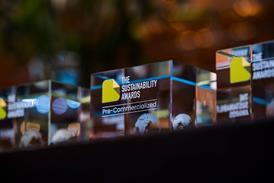

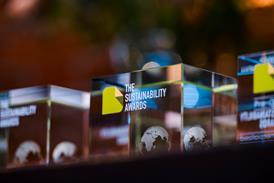
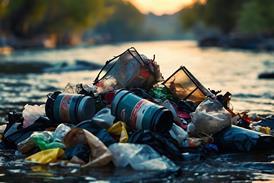
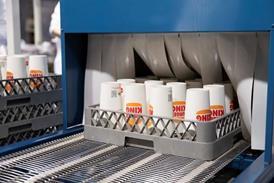












No comments yet